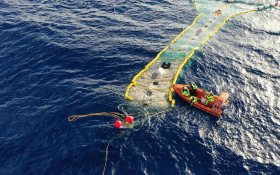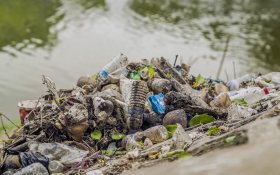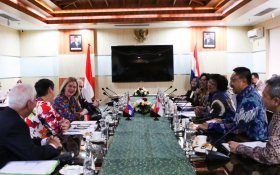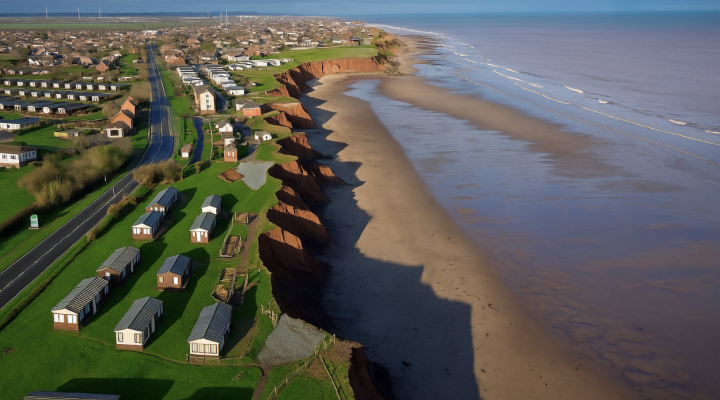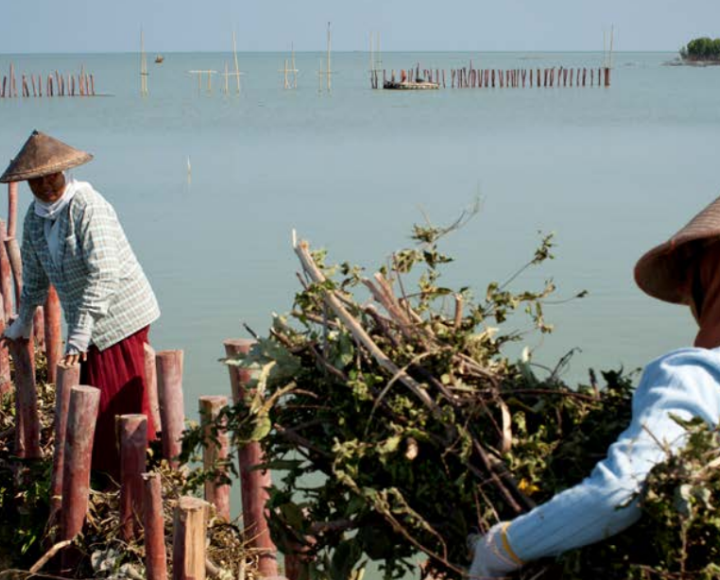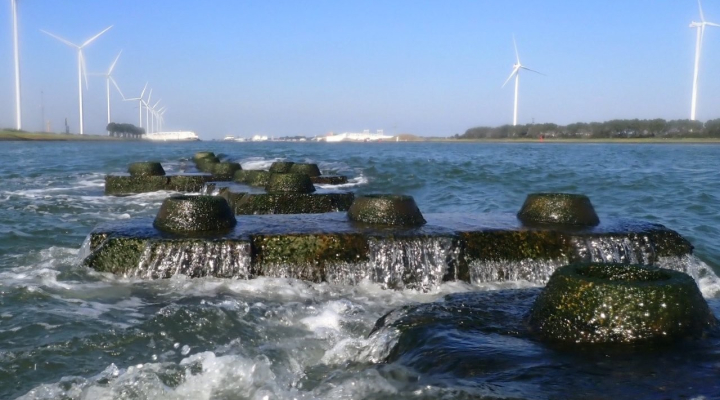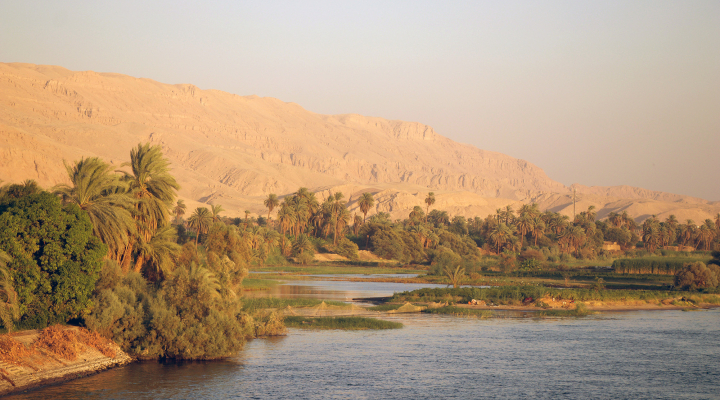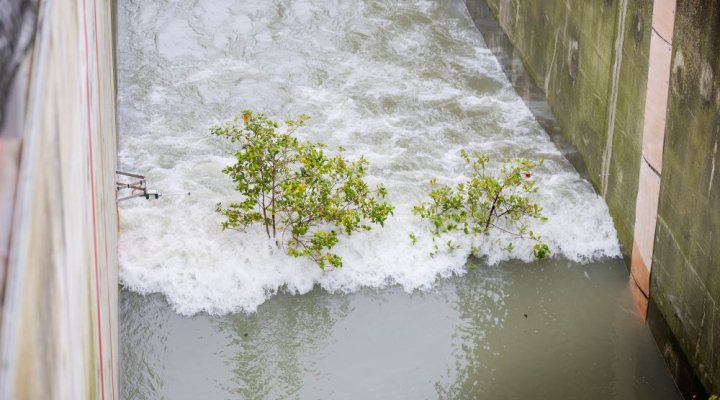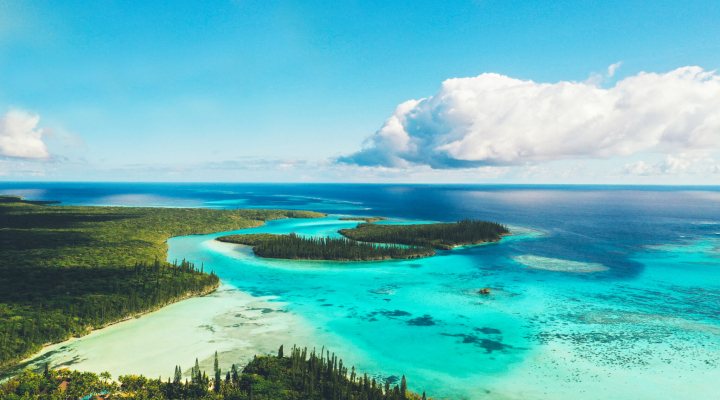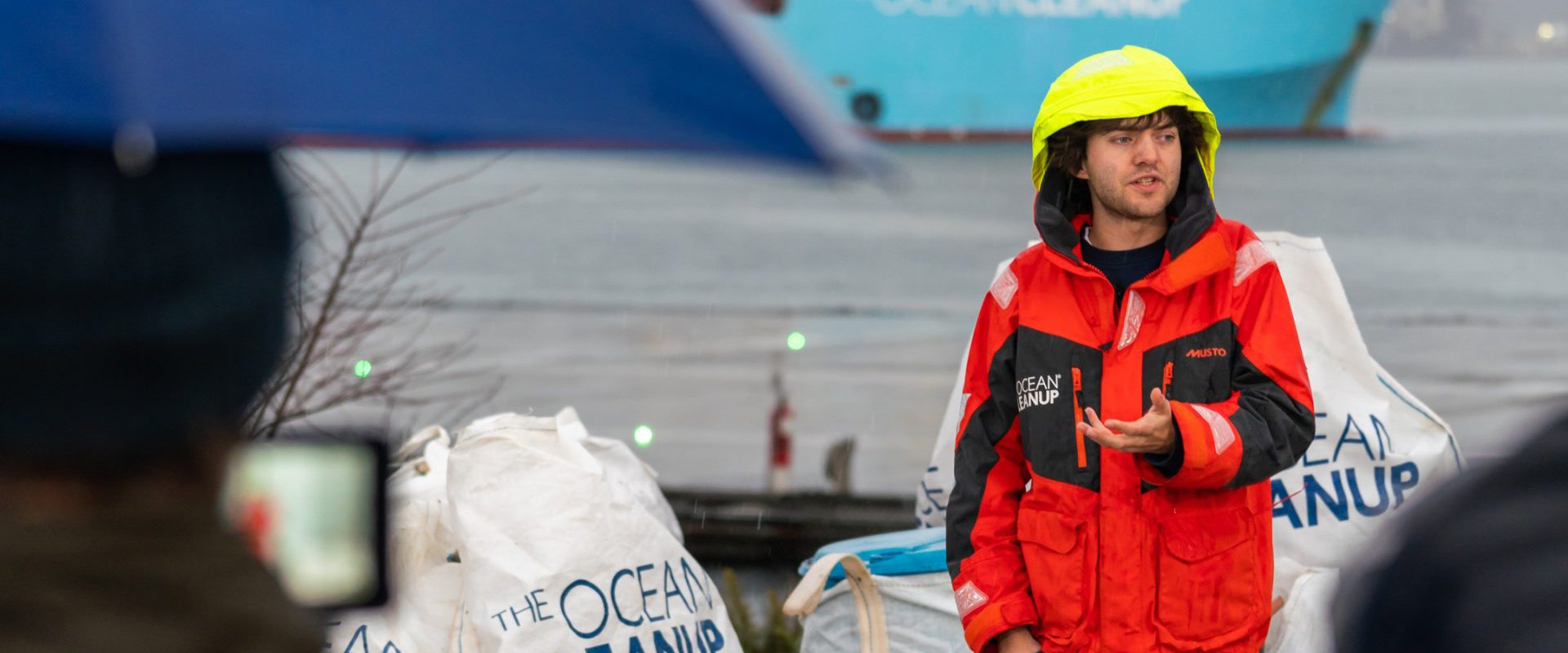
First granulate from Great Pacific plastic soup
The Ocean Cleanup foundation reported the production of the first granulate from plastic waste they collected in the Great Pacific Garbage Patch.
The plastic waste includes ghost nets, derelict fishnets and ropes, that need to be sorted, shredded, washed and dryed, and finally turned into granulate. The granulate will be used to make new products.
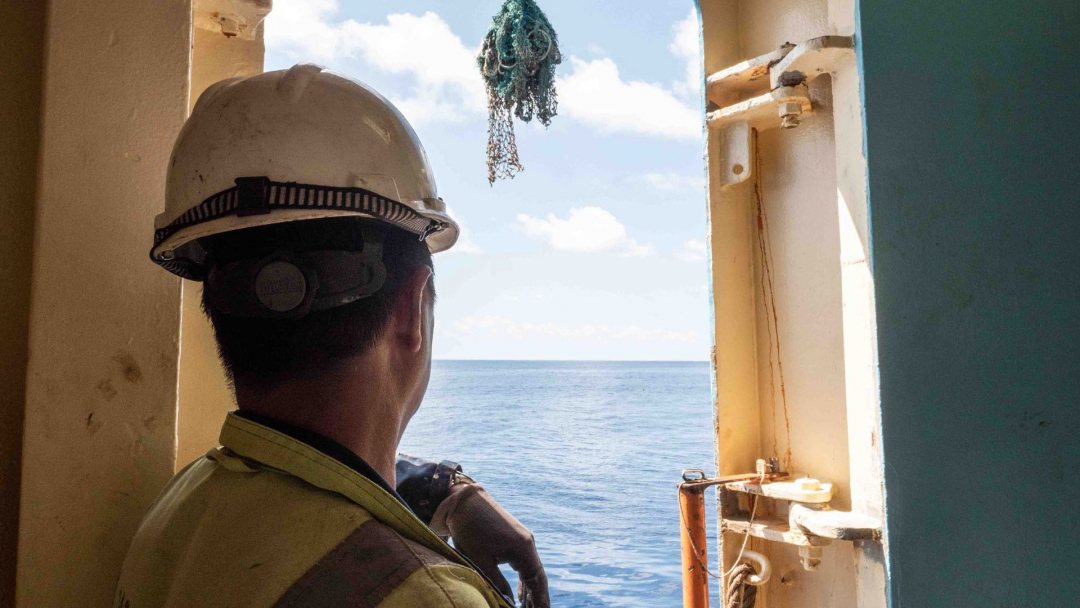

Rigid plastics and ghost nets
The first waste collected in the Great Ocean was brought ashore in December last year in Canada and later shipped to Europe.
The two main fractions of the catch have different makeups from one another – ghost nets are fibrous, while rigid plastics are hard. Because their properties vary significantly, these fractions must be recycled and processed separately.
The ghost nets have been exposed to the forces of the ocean and recycling is more complex than would be for regular fishnets made of the same polymers.
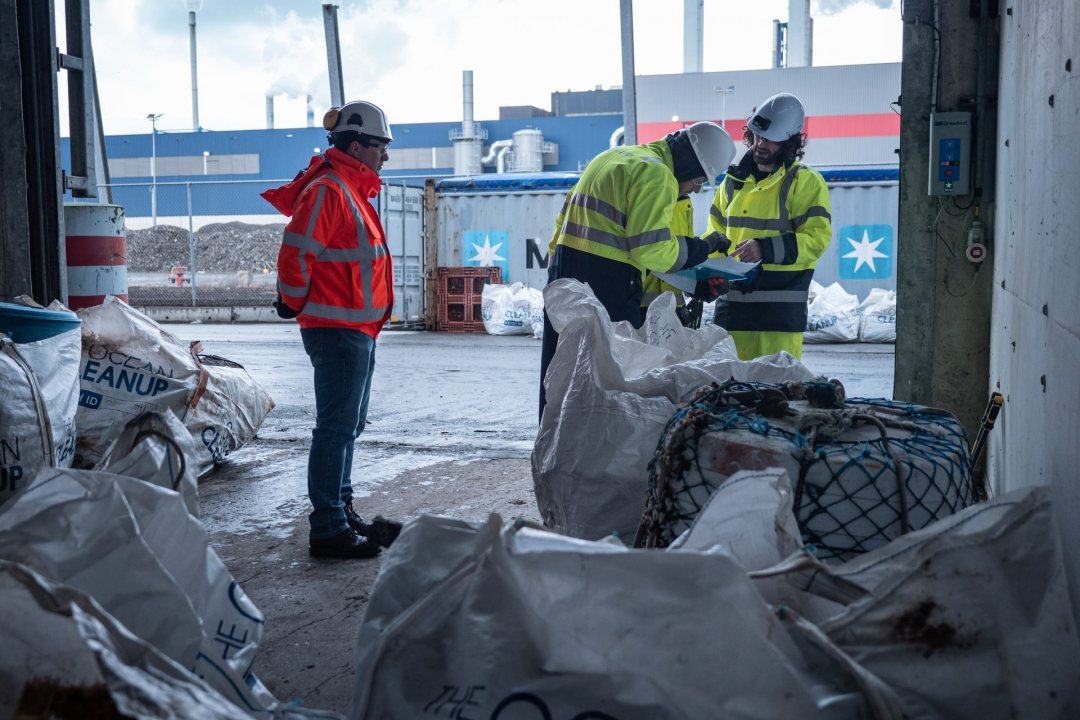

New products
The next phase is the re-melting and moulding of new products. The focus will be on the granulate from the ghost nets as this plastic is better suited for the current product needs than the rigid plastics.
The material that is not used for this first product will be used for recycling research and, if research proves feasible, future products.
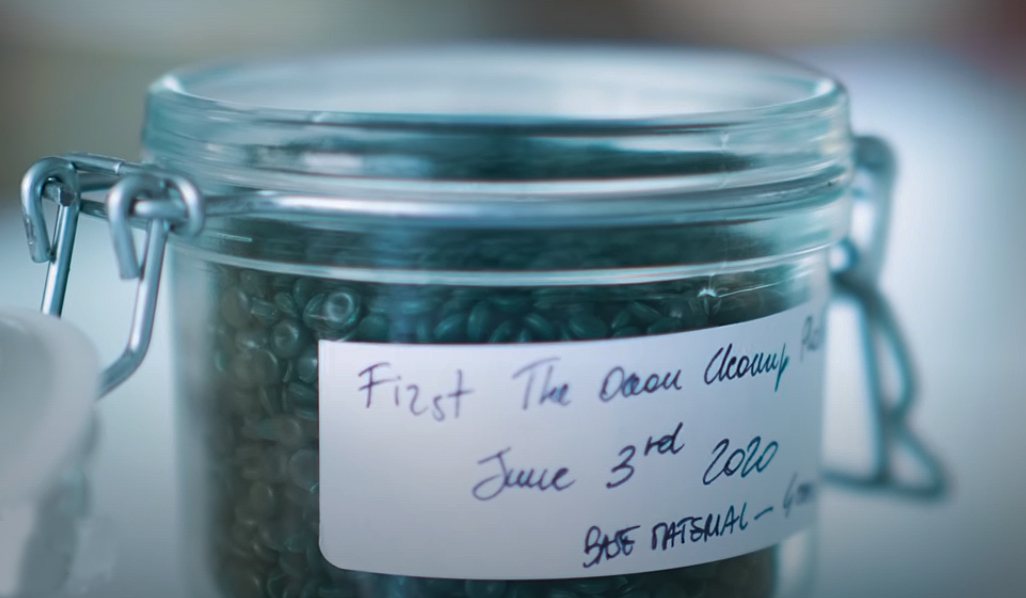

First limited edition products
The first products will be shipped directly to the early supporters who will be the first to receive this limited-edition product. The product will be designed to be recycled, if disgarded, with the intention that this plastic does not return to the ocean.
When this first attempt of turning waste into something new has successfully lead to a new product, the clean-up operation in the Pacific will continue and the waste will follow the same ‘journey’.
Plastic soup in rivers
Next to the collection of plastic waste in the ocean, the foundation has also built four prototypes of floatable clean up installations (Intereceptors) that are currently being tested in river deltas around the world.
CEO and founder Boyan Slat recently tweeted that his team has made a roll-out plan that foresees in 16 of these Interceptors to be in action by the end of next year, mostly deployed in Asia and the Americas.




